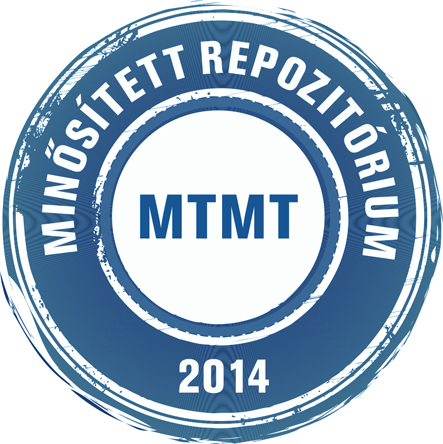Kormos Anita
Investigation of the cardioprotective effect of selective NCX inhibition in cellular models.
Doktori értekezés, Szegedi Tudományegyetem (2000-).
(2015)
(Kéziratban)
Előnézet |
PDF
(disszertáció)
Download (2MB) | Előnézet |
Előnézet |
PDF
(tézisfüzet)
Download (345kB) | Előnézet |
Előnézet |
PDF
(tézisfüzet)
Download (370kB) | Előnézet |
Absztrakt (kivonat) idegen nyelven
Cardiovascular diseases are the leading cause of mortality for both men and women worldwide. In many of the cardiac diseases [Ca2+]i overload is a crucial factor in initiation and progression of the malignant intracellular perturbations leading to cell death. A substantial rise in cellular Na+ content is often the primary initiator of the [Ca2+]i overload, leading to arrhythmogenesis. This pathomechanism is also characteristic of ischemia (and especially reperfusion) or arrhythmia types with genetic origin (e.g. LQT3 syndrome). Indeed, [Ca2+]i overload induced arrhythmias are among the most common cardiac diseases. By its regulatory effect on the cytoplasmic Ca2+ the Na+/Ca2+ exchanger (NCX) has a crucial role in the ionic homeostasis of the heart. In physiological conditions its major role is to remove the excess Ca2+, and to stabilize the cellular Ca2+ content and the magnitude and kinetics of the [Ca2+]i transient. Excessive increase in the inward Na+ current may lead to arrhythmogenesis either via [Na+]i induced [Ca2+]i overload or by significantly prolonging the duration of the action potential (APD). The primary aim of the present project was to investigate in detail the effects of [Ca2+]i overload, induced either by increased late Na+ current or by acute ischemia/reperfusion, on characteristic variables of the [Ca2+]i transient (CaT) and action potential (AP), in isolated canine cardiomyocytes. In order to meet our goals we first developed a simulated ischemia/reperfusion model to be used at the cellular level. (There was minimal related information in the literature.) Next, we applied this model to canine cardiomyocytes and investigated the variables of the APs and CaTs recorded from the cells in several experimental states. When applying the protocol “per se”, ischemia/reperfusion induced changes were relatively moderate, therefore this protocol seems to be appropriate to evaluate the effects of moderate ischemia. In order to model more severe ischemia, the sarcolemmal Na+/K+ ATPase was blocked simultaneously. Compared to the low-flow protocol, the observed changes in [Na+]i and [Ca2+]i homeostasis in strophantidine treated cells were much more dramatic during both ischemia and reperfusion. On the whole, tha major results demonstrate that selective NCX inhibition exhibits considerable protection against the arrhythmogenic effect and cell death due to [Ca2+]i overload when induced by increased late sodium current and ischemia/reperfusion.
| Mű típusa: | Disszertáció (Doktori értekezés) |
|---|---|
| Publikációban használt név: | Kormos Anita |
| Magyar cím: | A szelektív NCX gátlás kardioprotektív hatásának vizsgálata szívizomsejteken |
| Témavezető(k): | Témavezető neve Beosztás, tudományos fokozat, intézmény MTMT szerző azonosító Tóth András tudományos főmunkatárs, PhD, SZTE ÁOK Farmakológiai és Farmakoterápiai Intézet 10002546 |
| Szakterület: | 03. Orvos- és egészségtudomány > 03.01. Általános orvostudomány |
| Doktori iskola: | Multidiszciplináris Orvostudományok Doktori Iskola |
| Tudományterület / tudományág: | Orvostudományok > Elméleti orvostudományok |
| Nyelv: | angol |
| Védés dátuma: | 2015. június 17. |
| EPrint azonosító (ID): | 2565 |
| A mű MTMT azonosítója: | 3027069 |
| doi: | https://doi.org/10.14232/phd.2565 |
| A feltöltés ideje: | 2015. márc. 17. 22:53 |
| Utolsó módosítás: | 2020. ápr. 21. 10:09 |
| URI: | https://doktori.bibl.u-szeged.hu/id/eprint/2565 |
| Védés állapota: | védett |
Actions (login required)
 |
Tétel nézet |

 Repozitórium letöltési statisztika
Repozitórium letöltési statisztika Repozitórium letöltési statisztika
Repozitórium letöltési statisztika




